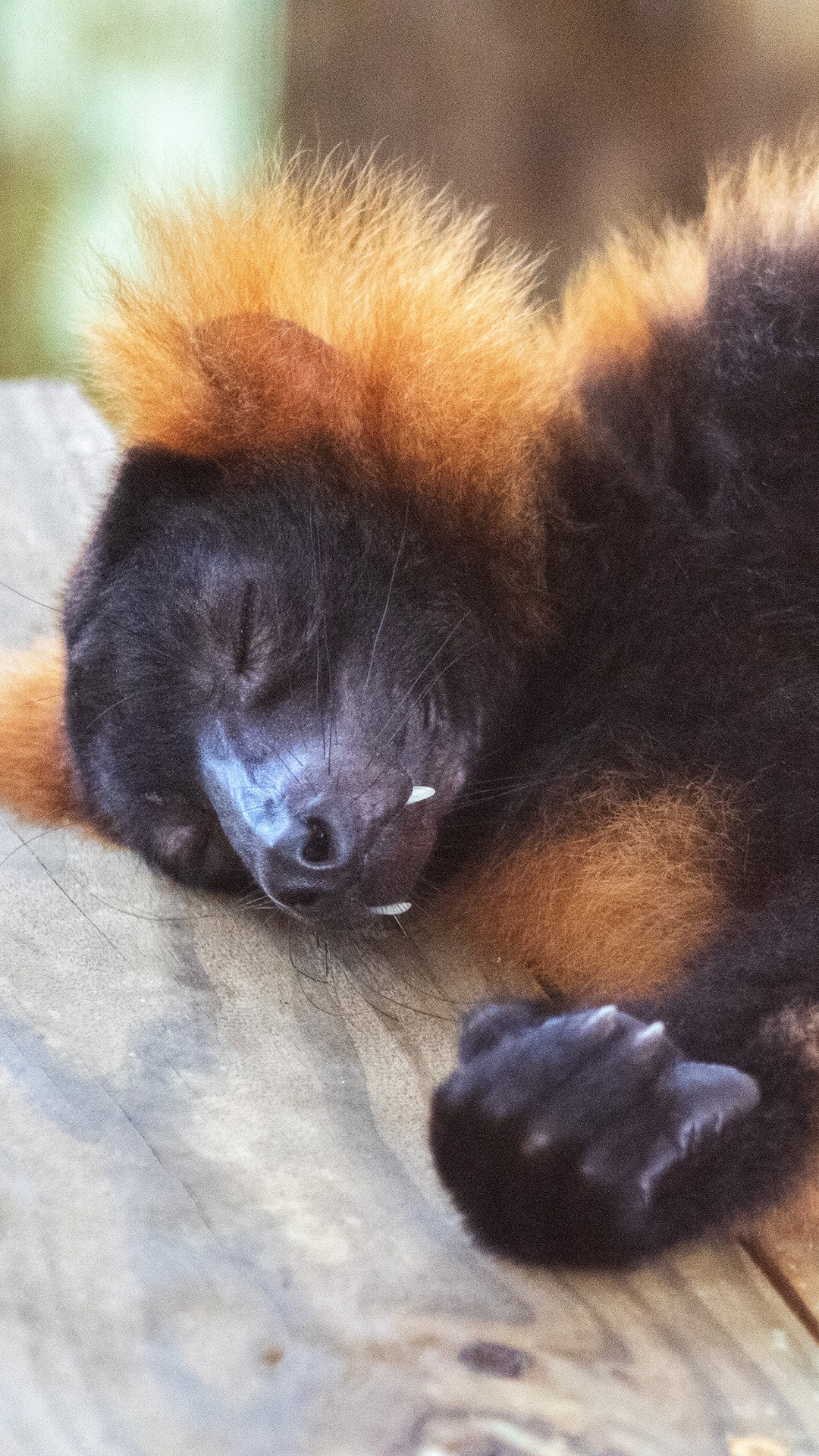- Insights into lemur behavior and daily routines within their habitat.
- Examination of arboreal adaptations and the importance of treetop environments for lemurs.
- Overview of lemur enrichment strategies and their significance in captive environments.
- Detailed description of the lemur diet and nutritional needs.
- The role of zoos in lemur conservation and educational initiatives.
Lemurs, native to Madagascar, exhibit fascinating behaviors that reflect their unique adaptations and ecological niches. These primates are primarily arboreal, spending most of their lives in the treetops. This distinctive trait influences their daily routines, behaviors, and even anatomy. After a full day of engaging activities, including exploring enrichment opportunities, participating in training sessions, and navigating their habitats, it’s time for dinner. The diverse range of activities they partake in is critical for maintaining their physical and mental health.
Lemur behavior underscores their arboreal nature. As tree-dwellers, lemurs have evolved particular traits conducive to life high above the ground. Their keen senses, including enhanced vision and hearing, are adapted to spot predators and locate food among the foliage. Physical adaptations such as elongated limbs and tail aid in balance and movement through the branches. These attributes are reflective of their evolutionary history and adaptation to the diverse and often harsh environments of Madagascar.
The treetop environments are not merely a preference but a necessity for their survival. Living above ground helps avoid predators and provides access to their primary food sources. Most species have diets comprising leaves, fruits, and flowers, which are readily available in their forest habitats. This way of life fosters a complex social structure, with lemurs forming groups to maintain territory and share resources. Interactions within these groups display a range of behaviors, from grooming to vocal communication.
Enrichment activities play a vital role in lemur care, especially in zoos. These programs are designed to stimulate the animals mentally and physically. Enrichment can include puzzle feeders, climbing structures, and training sessions that encourage problem-solving and mimic natural hunting behaviors. Such activities are crucial in preventing boredom, which can lead to stress or stereotypic behaviors in captivity. Engaging the lemurs this way helps maintain their natural instincts and enhances their overall well-being.
Dinner time marks an important aspect of the routine in a lemur’s day, emphasizing their dietary needs. Their meals typically consist of a variety of vegetables alongside specially formulated primate biscuits to ensure they receive balanced nutrition. It’s essential to mimic their natural diet as closely as possible to maintain their health. Nutritional plans are developed based on extensive research into their dietary requirements, ensuring that both macronutrients and micronutrients are adequately represented.
Zoos undertake a significant role in lemur conservation, not only by providing care and protection for individuals in their collections but also through breeding programs. These initiatives aim to maintain genetic diversity and safeguard against the extinction of these species. In addition, educational programs offered by zoos help raise public awareness about the challenges lemurs face in the wild. By engaging visitors with informative exhibits and interactive activities, zoos foster a greater understanding and appreciation for lemurs and the broader conservation efforts necessary to protect their natural habitats.
Lemurs spend their evenings high in the trees, resting and recovering from the day’s activities. This behavior is a testament to their arboreal lifestyle, highlighting the significance of habitat structures that allow them to retreat to familiar, comforting spaces. Such behaviors are considered in the design of captive habitats to provide environments that reflect those found in the wild.
The collective efforts in zoo management and wildlife conservation focus on ensuring that lemurs, like those in the wild, can exhibit natural behaviors and enjoy a healthy life. This is accomplished through careful planning and integration of environmental enrichment, precise dietary planning, and habitat design.
Lemur enrichment, habitat, arboreal nature, diet, and conservation efforts are all critical components of their care in captivity. By studying their behaviors and needs, we not only enhance their welfare but also contribute valuable knowledge to the conservation of their species. Through these efforts, we can hope to inspire a future where lemurs continue to thrive both in captivity and the wild.
*****
Source Description
Welcome to the fourth and final part of our lemur takeover! 🥬
By now, the lemurs have had a full day to explore all their enrichment, participate in training sessions and navigate their habitats. That means it’s dinner time! Dinner consists of plenty of veggies and primate biscuits as the lemurs wind down for the day.
ㅤ
Because lemurs are “arboreal,” they prefer the treetops to a nighthouse. For the rest of the evening, these little primates curl up in the treetops and relax until the morning. 💤
We hope you enjoyed this behind-the-scenes look at how our lemurs spend their days. We’ll catch you at the next takeover!

